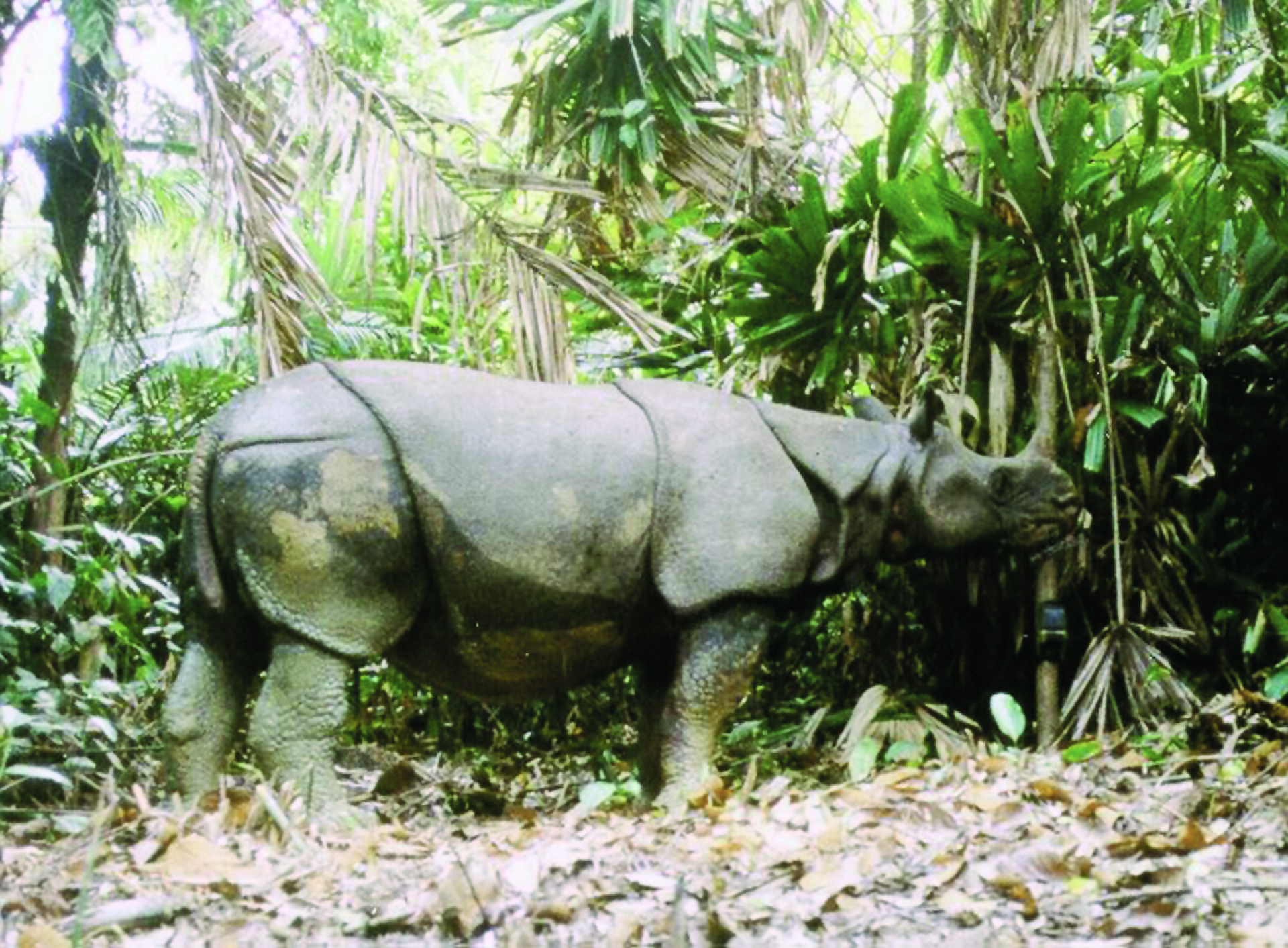Javan rhino are on the brink of extinction! Currently, the number of surviving rhino is thought to be around 70. This depleted population is largely to do with poaching, as these animals do not do badly in the wild.

The issue, is that the park has been closed to visitors since September 2023, apparently because of this poaching. However, closing the park means that, both the park is loosing money, but also there are fewer trips into the park which is one of the most effective poaching deterrents.
It likely became locally extinct in India in the first decade of the 20th century. The Javan rhino was hunted to extinction on the Malay Peninsula by 1932. The last ones on Sumatra died out during World War II. They were extinct from Chittagong and the Sunderbans by the middle of the 20th century.
The rhinoceros is considered a ‘habitat modifier’, meaning that as it walks through the dense Javan rainforest (as well as the other places that it lived), it establishes trails, controls plant growth, disperses seeds, and fertilizes soil. If the species went fully extinct and did not perform its role as a habitat modifier, ecological balance would not be maintained, in its current home – what has the damage for its loss from the vast majority of its range (looking at the map above, it cannot be present in much more than 1% of its historical range at this point.
Ujung Kulon National Park is thought to have a rhino carrying capacity of 50 or so rhino, which is already below the roughly 70 that are thought to live there. This means that without further habitat, this population is unlikely to grow much more.
There are some significant issues with the way that this survey is done. Check back tomorrow to see our article on that.












